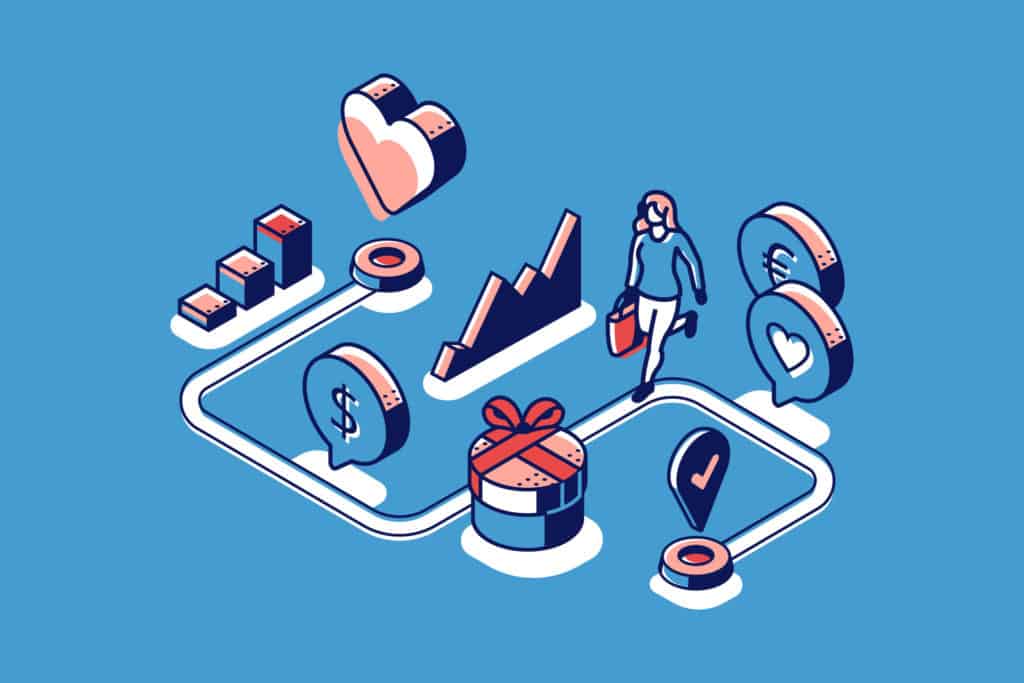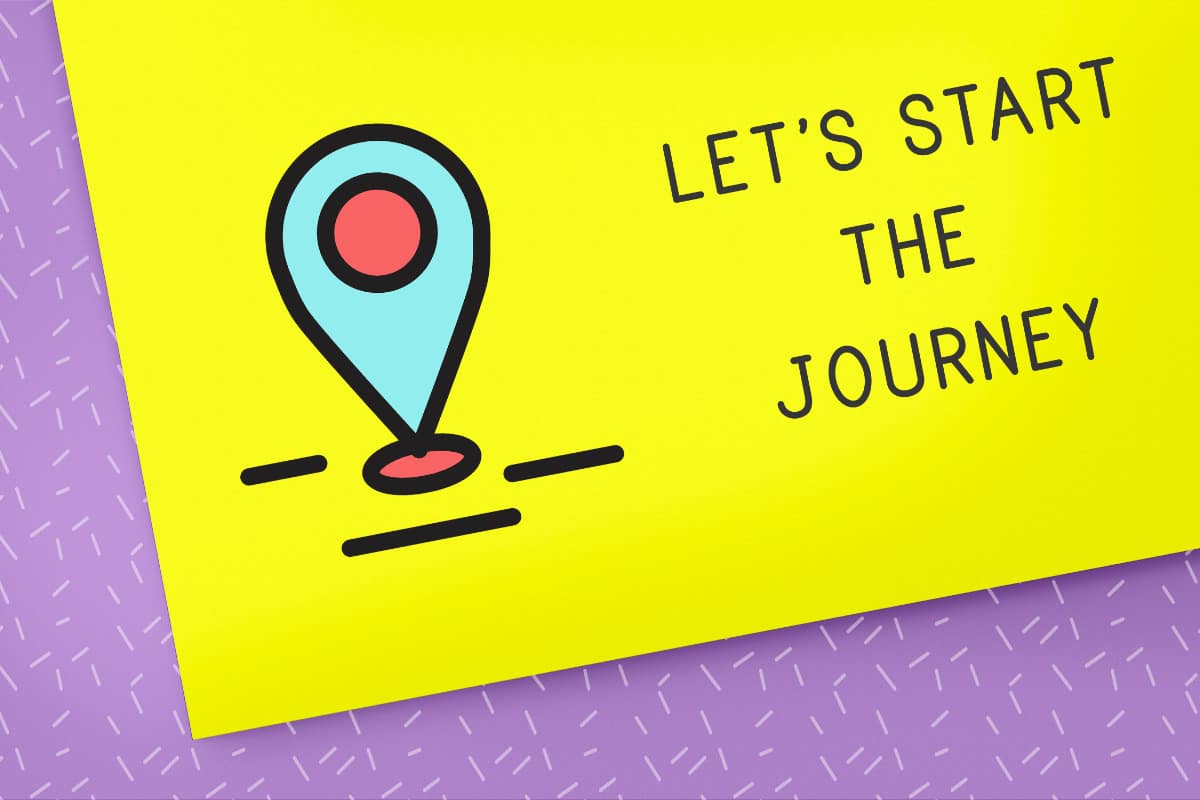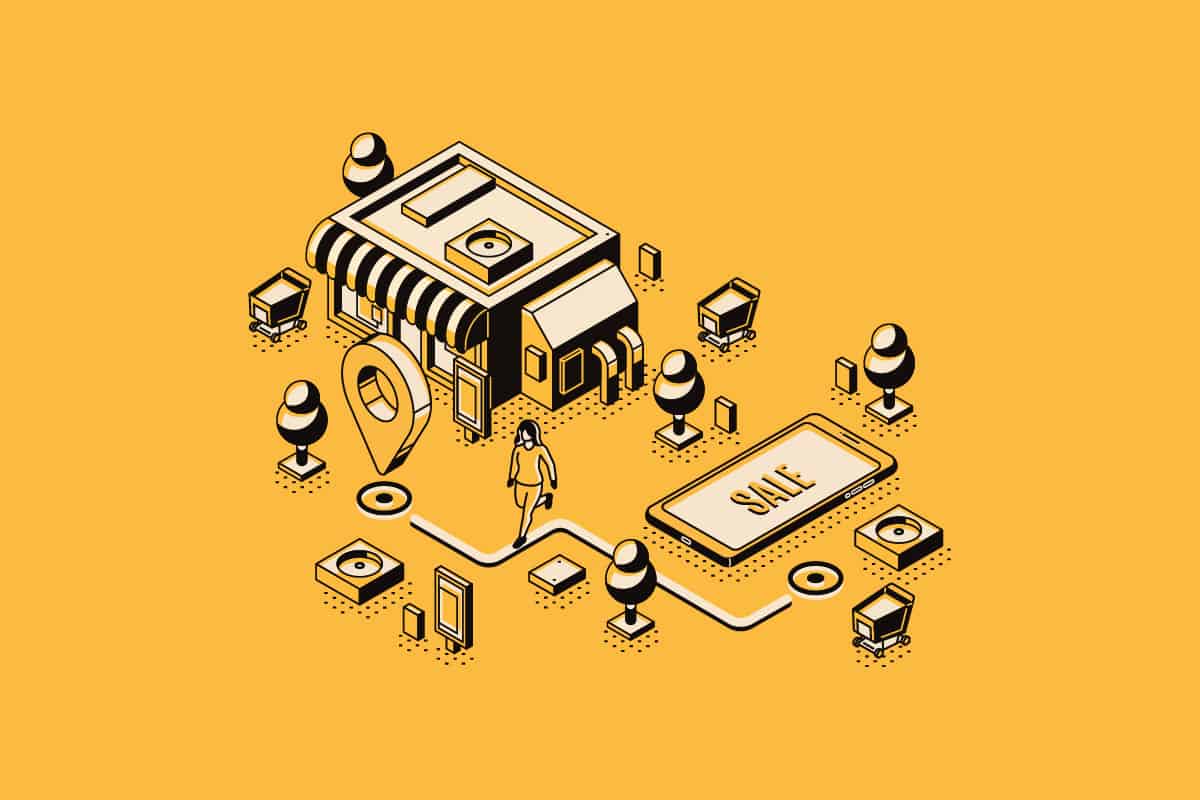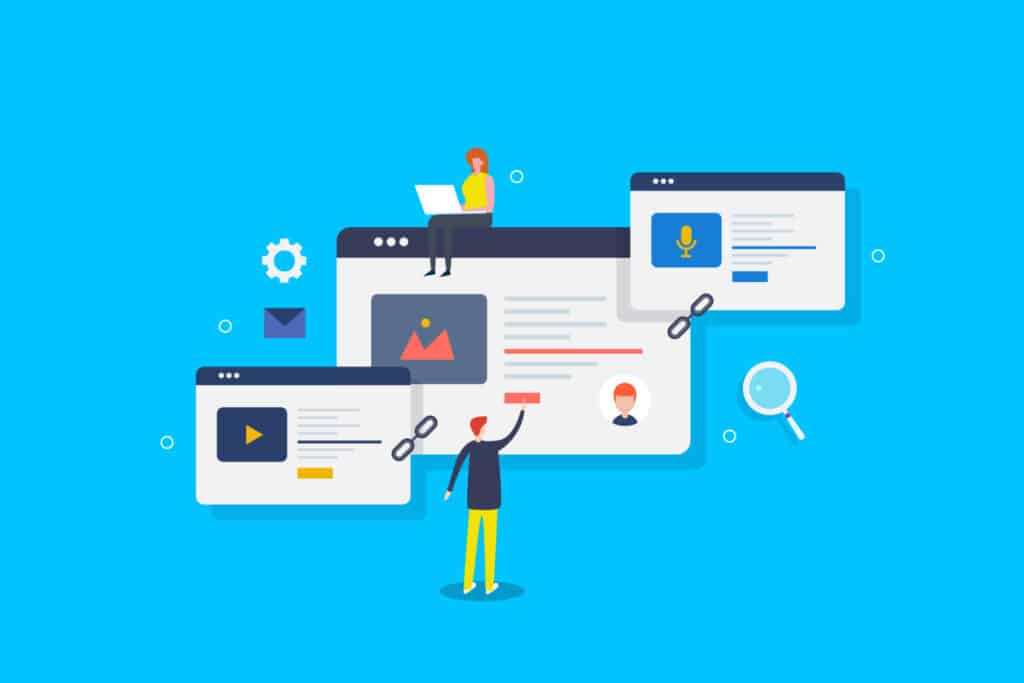Did you know that, according to the Counts of Australian Businesses, there were over 2,000,000 actively trading businesses present in the Australian economy as of the 30th of June 2020? Also, between 2019 and 2020, the number of businesses increased by 2%.
If you’re the owner of a small- or medium-sized enterprise business, the presence of so many businesses in Australia can make you nervous. There’s so much competition out there that it can be hard to stand out.
Fortunately, by using customer journey mapping, you can stand out and grow your business.
In this article, we’ll cover everything you need to know about customer journey mapping.
Finally, you can learn what you need to about the customer journey map, getting more customers, and making more money than ever. Read on to learn more.
Customer Journey Mapping: What It Is
You might be asking yourself the question, “What is a customer journey map?” In this section, we’ll answer this question. Basically, when you complete this map, you’re plotting the different stages your customer goes through to purchase a service or product.
This is a visual representation you’ll put together, mapping out the different points of contact your customer makes with your B2B or B2C business.
These contact points might include making a phone call, visiting your retail store, and interacting with your business online, such as on social media platforms or your website.
At each point, the customer journey will also reflect your customer’s pain points, needs, attitudes, and interaction details as they go through the process of travelling through the different stages.
The Benefits of Customer Journey Mapping
There are several benefits to creating a customer journey map. These include understanding the customer journey in a holistic sense, empathising with your customers, predicting customer behaviour, identifying customer experience gaps, and more.
Understanding the Customer Journey
By mapping out every single step in the customer journey, you’ll understand holistically what your customers experience whenever or wherever they’re interacting with your business. Additionally, you’ll be able to share this customer journey with everyone on your team.
Everyone, whether they’re working in customer service, sales, or branding, will make better decisions on how to serve your company.
This is because they'll know exactly what customers are doing at the stage and when.
Empathising With Your Customers
When you’re putting your customer journey together, you’re putting yourself in your customers’ shoes. Suddenly, instead of looking at the buying process from your end, you’re looking at it from theirs.
This will allow you to understand their point of view. In addition to improving the journey they go through, this will help you design your products, services, and branding with their perspective in mind.
Predicting Customer Behaviour
By understanding your customers’ needs and building a buyer persona based around these needs, you’ll be able to predict customer behaviour at different stages of the customer journey. This will help you serve them well when they interact with your business.
Identifying Customer Experience Gaps
As you create your customer journey maps, you’ll notice that there are areas where you might be undeserving them. Maybe you don’t have enough content on your website when they come to find out more about your product or service.
Or maybe you don’t provide enough contact opportunities for them to ask questions about your product or service before buying it.
Wherever it is that your customer experience may be lacking, you can identify these gaps and then fill them in to remedy the problem.
As a result, your customers will have a more positive experience when interacting with your business—making sales more likely.
Using Insights to Improve the Customer Journey
When you map out the customer journey, you’ll identify opportunities to collect insights, such as data related to website traffic, opened email rates, or abandoned shopping carts.
Once you have these insights, you can use them to improve the customer journey, eventually leading to business growth.
Our Customer Journey Mapping Guide
Now that you know what a customer journey is and how you can benefit from having one, we’ll review how you can create your own customer journey. This involves several steps, such as identifying buyer personas, identifying customer touchpoints, and more.
Identifying Buyer Personas
The first step is identifying buyer personas. You can do this by interviewing customers you have already, looking at the results of focus group studies, and using surveys. In the end, you’ll have an idea of who your customers are.
You’ll also learn what your customers do and why, and what their wants and needs are.
Identifying Customer Touchpoints
Once you’ve identified your buyer persona (or several, depending on how you segment your customers), you need to identify where your customers interact with your business. You can do this with social media tracking software and web analytics software.
You can also conduct interviews and send out interviews and polls. The idea is to get as much information as possible about where and when your customers are engaging with you.
Matching the Customer Touchpoints
Next, you want to match the customer touchpoints to the specific buyer personas. For example, if you have a millennial buyer, chances are they’ll do a lot of work at the research stage. For this reason, you need to provide them with the content they need to do this.
By mapping out every single interaction and understanding in which one each buyer persona spends time, you can personalise these areas based on the matching buyer personas.
Identifying Customer Actions
In each touchpoint, you also need to identify what your customers are doing at that stage. Are they reading about the details of a product? Are you learning more about your company? Are they looking for a sales rep or chatbot to ask questions to?
By identifying these customer actions, you can better serve your customers, making it possible for them to do what they want to interact with your business.
Identifying Challenges and Pain Points
Next, you need to identify challenges and pain points your customers come across when they’re going through your customer journey. Anytime where there’s a challenge during their experience, they might disengage with you or choose not to buy a product or service.
Some examples of behaviour that demonstrate this are low amounts of time spent on your site, high bounce rates, or rage clicks.
By using customer journey mapping tools that help you gather data, you can get clearer answers as to where things are going wrong for your customers on their journey.
Prioritising Pain Points
Once you’ve identified the challenges and pain points your customers face, it’s time to prioritise fixing them. This is a moment when your buyer experiences a negative emotion.
By mapping out where these negative emotions occur during the buying process, you'll be able to identify the paint points, learn why, and fix the problem.
Deal with the most frustrating pain points first. Then, you can deal with the less pressing ones. This will facilitate the customer journey and improve interactions and sales quickly.
Update Constantly
As your company grows and your customers change, you need to update your customer journey. Do this constantly, going through the steps we’ve reviewed here. This way, your business will be updated whether trends or your business changes.
For example, let’s say that you open up a brick-and-mortar store after operating online for a long time.
Suddenly, you’ll have a whole new customer journey for the customers coming into your store.
Additionally, if they’re customers who first connected with you online, their journey might involve stages both online and in your physical store.
If you have trouble readjusting your customer journey, you can always use a customer journey map template to help guide you.
Need Assistance With Customer Journey Mapping?
Now that you’ve learned about the benefits of customer journey mapping and how you can put together a customer journey map to improve your business, you might need assistance with it. Maybe you want to learn how to map each stage for your specific business.
Or maybe you want to learn how to use data better to improve your customer journey.
Whatever assistance you need, we can help. At Lift Strategies, we’re experts in customer journey mapping and connecting with your customers. To learn more about how we can help you, contact us now.








